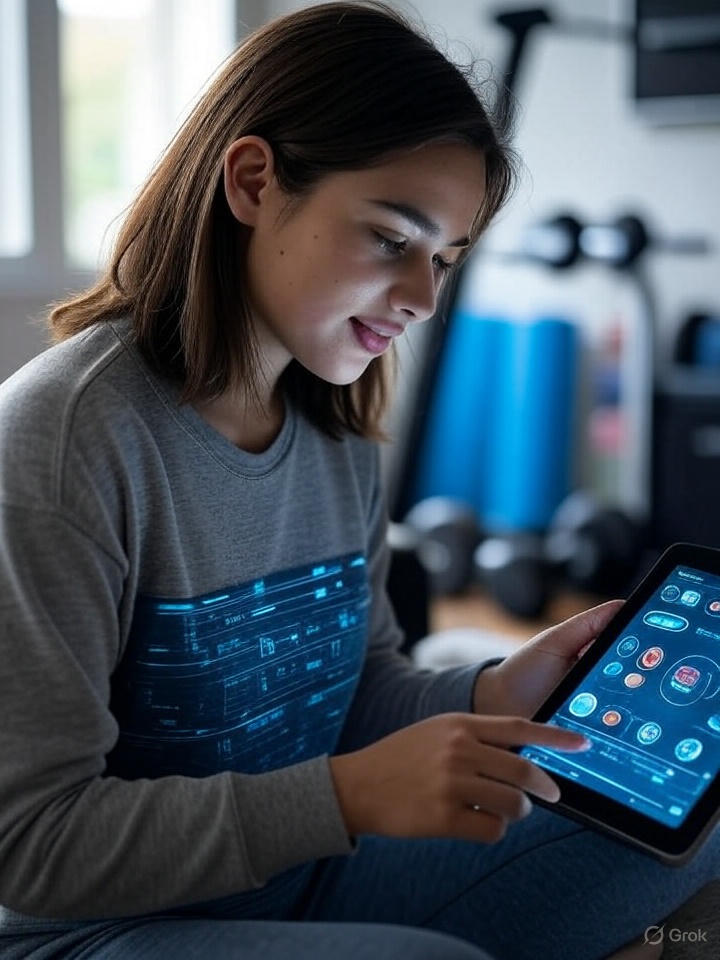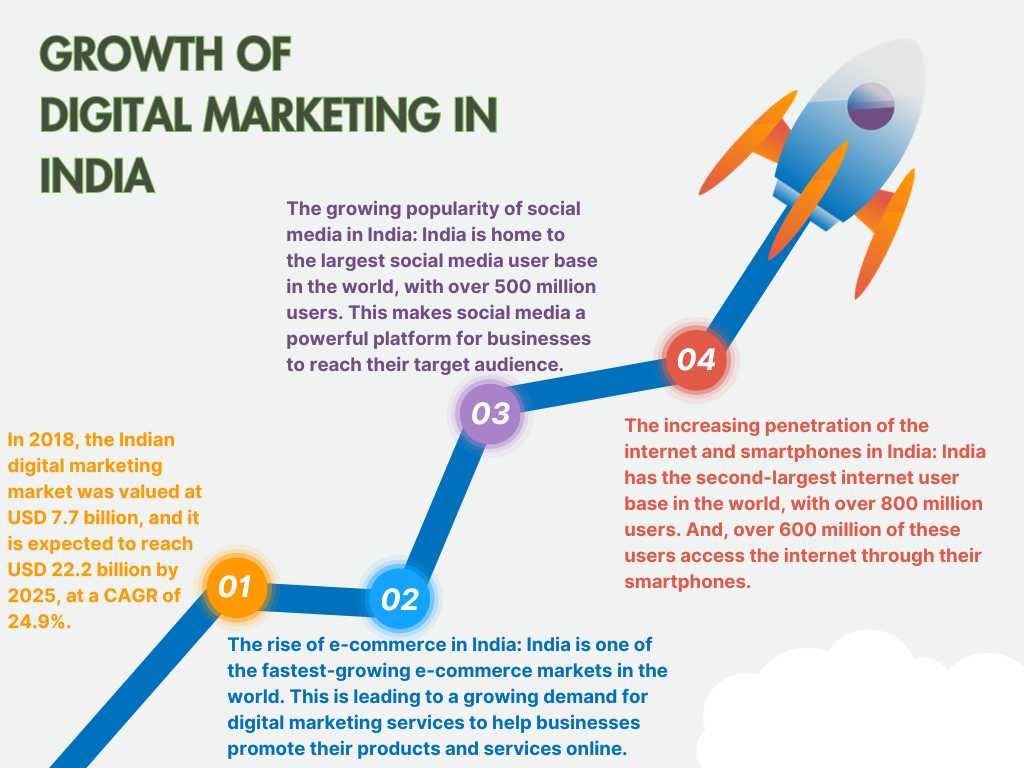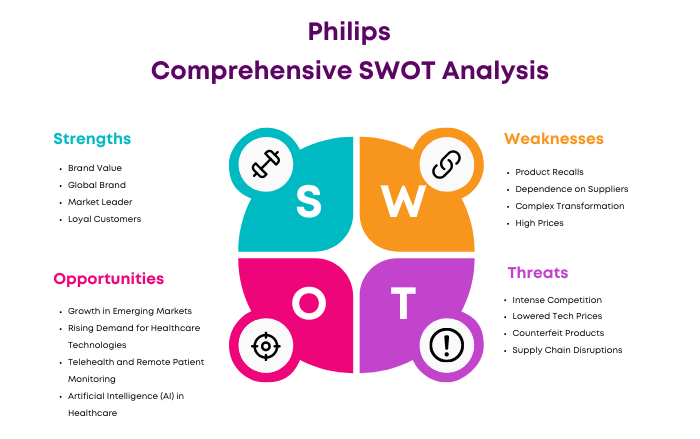
“From Traditional to Digital: How Philips is Redefining Marketing Spend Efficiency in 2025”
First of all, you should know what is Digital First marketing strategy Philips has adopted is. It prioritizes digital channels and user experiences from the outset, rather than treating them as secondary to traditional methods.
Now Philips, a global leader in health technology, has announced a significant shift in its marketing approach in India, moving to a fully digital-first strategy starting in 2025. This bold transition involves redirecting all personal health media spending from traditional television to digital platforms.
Table of contents:
-
Why Digital-First?
-
SWOT Analysis?
-
Strategy?
-
Conclusion?
Why Digital-First?
The decision to go digital-first reflects the growing relevance of digital screens in India, where Philips consumers, particularly Gen Z and urban audiences, are increasingly active on smartphones and laptops. In the current scenario, every company is shifting towards digital, and now every brand is focusing on attention-driven content rather than traditional traffic metrics. hers are some insights regarding growth in digital marketing trends.

“From Traditional to Digital: How Philips is Redefining Marketing Spend Efficiency in 2025”
Image Source:
SWOT Analysis

“From Traditional to Digital: How Philips is Redefining Marketing Spend Efficiency in 2025”
IMAGE Source
Strengths
- Strong Brand Reputation: Philips is globally recognized for quality and innovation, particularly in healthcare and consumer electronics, fostering trust and loyalty among customers.
- Diversified Portfolio: Operating in health technology (e.g., diagnostic imaging, patient monitoring), personal care, and lighting, it reduces reliance on a single market segment.
- Robust R&D Investment: With significant spending on research (e.g., $2.046 billion in 2023), Philips maintains a competitive edge through continuous innovation.
- Global Presence: Operations in over 100 countries enable it to tap into diverse markets, including emerging economies like India and China.
- Sustainability Commitment: Its focus on eco-friendly practices enhances its brand image and aligns with growing consumer demand for sustainability.
Challenges and Opportunities
Challenges
-
Platform Fragmentation: With diverse platforms for different categories, Philips must balance its media mix to avoid over-reliance on specific channels.
-
Maintaining Authenticity: As the brand scales its creator collaborations, ensuring authenticity remains a priority to avoid consumer skepticism.
-
Competition: The digital space is crowded, and Philips must differentiate itself in a competitive market.
Opportunities
-
Engaging Gen Z and Gen Alpha: By tapping into gaming platforms and non-traditional channels, Philips can capture younger audiences moving away from mainstream social media.
-
Quick Commerce: The rise of quick commerce platforms like Amazon and Flipkart offers new distribution opportunities, especially for gifting, as 40% of shavers are purchased as gifts.
-
Market Growth: With India’s personal grooming market projected to grow at a 10.1% CAGR from 2025 to 2030, Philips is well-positioned to capitalize on this trend.
Weaknesses
- Product Recalls: Product recalls highlight the vital significance of strict quality control and risk management techniques in the health technology industry, where end users’ safety and financial consequences are at stake.
- Dependence on Suppliers: Dependence on a small number of suppliers for critical components. natural calamity, geopolitical unrest, or logistical problems disrupt the supply chain
- High Prices: Concerns about Philips’ pricing policies have been raised by customers, who believe that the company’s goods are more costly than those of comparable companies.
Strategy
-
Changing Consumer Behavior: Indian consumers are spending more time online, with platforms like YouTube and Instagram, Facebook, and blogging sites shaping purchasing decisions. Philips aims to capture attention through platform-specific, authentic content.
-
Inefficiency of Traditional TV: After testing TV campaigns in 2024, Philips found them less effective compared to digital channels, prompting a complete reallocation of its media budget.
-
Focus on Authenticity and Relatability: Philips is prioritizing content that resonates with consumers, working with creators who produce authentic, real-life content rather than overly polished advertisements.
Integrating Digital with Outdoor Advertisement and On-Ground Activations
While digital is the cornerstone, Philips is complementing its strategy with targeted OOH and on-ground efforts:
-
Out-of-Home Advertising: Recognizing Gen Z’s responsiveness to OOH, Philips is investing in large-format hoardings and pop-up activations in high-impact locations.
-
On-Ground Engagement: Initiatives like college festivals for male grooming and visibility in maternity hospitals for mothers and childcare products enhance brand presence and foster direct consumer connections.
Data-Driven Decision Making
A data-driven approach ensures efficient spending and precise targeting by leveraging real-time analytics and consumer insights. By analyzing user behavior, preferences, and trends, businesses can allocate budgets to the most effective channels and campaigns. This method minimizes waste, maximizes ROI, and tailors marketing efforts to reach the right audience with personalized content, enhancing engagement and conversion rates.
Premiumization and Innovation
Alongside its digital-first pivot, Philips is focusing on premium products like the Philips i9000 Prestige Ultra electric shaver, which features AI-powered SkinIQ technology. Launched in April 2025, this product targets value-conscious consumers willing to invest in high-quality personal care. The company is also exploring new categories, such as at-home laser hair removal devices, to disrupt the beauty market.
Conclusion
Philips’ shift to a fully digital-first marketing strategy in India marks a transformative step in aligning with evolving consumer behaviors. By prioritizing digital platforms, authentic content, and data-driven insights, the brand aims to deepen engagement and drive growth in the personal health segment. Supported by strategic OOH and on-ground activations, Philips is redefining its presence in India, positioning itself as a leader in premium, tech-driven personal care. As the company continues to innovate and adapt, its digital-first approach could set a benchmark for others in the industry.

